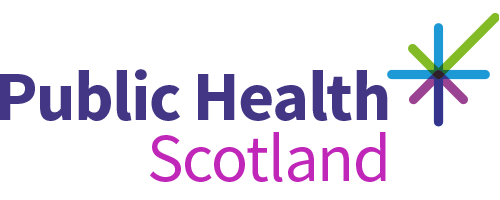- Published
- 09 May 2025
- Journal article
Review of radiotherapy activity in Scotland, 2 years post-COVID
- Authors
- Source
- Clinical Oncology
Abstract
Aims: Now that the world has returned to normal following the COVID-19 pandemic, there are concerns that the pandemic has had a negative, ongoing effect on cancer care. This study aims to investigate the impact of the COVID-19 pandemic on radiotherapy services in Scotland. Materials and methods: Detailed quantitative data of radiotherapy activity at our centre were collected from 01/04/2021 - 31/03/2023, which cover the second and third ‘post-COVID’ years. Differences in total/mean weekly radiotherapy courses, dose and fractionation patterns, and treatment intent for all treatment sites were compared to data from the year before the COVID-19 pandemic and the first year of the COVID-19 pandemic (01/04/2019 - 31/03/2021). Results: Compared with the first year of the COVID-19 pandemic, the total number of radiotherapy courses increased from 6240 to 7899 (+32%) and 8188 (+35%) for the second and third years, respectively. Average weekly radiotherapy courses (AWRC) delivered increased from 120 (standard deviation [sd ± 15) during the COVID-19 pandemic to 152 (sd ± 15) and 157 (sd ± 19) in the two following years. In the two years post the COVID-19 pandemic, the total number of radical treatments increased from 5470 to 5912 (8.1%) and the total number of palliative treatments decreased from 2429 to 2206 (-9%). During the COVID-19 pandemic, a significantly greater reduction in radiotherapy utilisation was observed for females (3750-3156;-16%) than for males (3090-2839;-8%). In contrast, the two years post the COVID-19 pandemic have seen a significant increase in the number of women, with the total number of patients increasing to 4813 and 4860 (65-69%), receiving radiotherapy compared to male patients, with the total number of patients 3086 and 3256 (9-15%), respectively. Conclusion: The two years post COVID-19 pandemic have seen a significant increase in radiotherapy activity compared to the first year of the COVID-19 pandemic and the year prior. The largest recoveries in radiotherapy delivery post the COVID-19 pandemic were observed in breast, cervical, rectal, and prostate cancer. Contrarily, a decrease in radiotherapy delivery was observed in patients with lung cancer. The increase in radiotherapy activity can likely be attributed to COVID-related suspensions of diagnostic tests, surgeries, and cancer screenings being reinstated.
Rights
This content is not covered by the Open Government Licence. Please see source record or item for information on rights and permissions.
Cite as
Grocutt, L., Rowe, T., Caldwell, D., Rutherford, A., Wilkinson, C. & O’Cathail, S. 2025, 'Review of radiotherapy activity in Scotland, 2 years post-COVID', Clinical Oncology, 44, article no: 103862. http://dx.doi.org/10.1016/j.clon.2025.103862
Downloadable citations
Download HTML citationHTML Download BIB citationBIB Download RIS citationRISIdentifiers
- Repository URI
- https://eprints.gla.ac.uk/324074/
